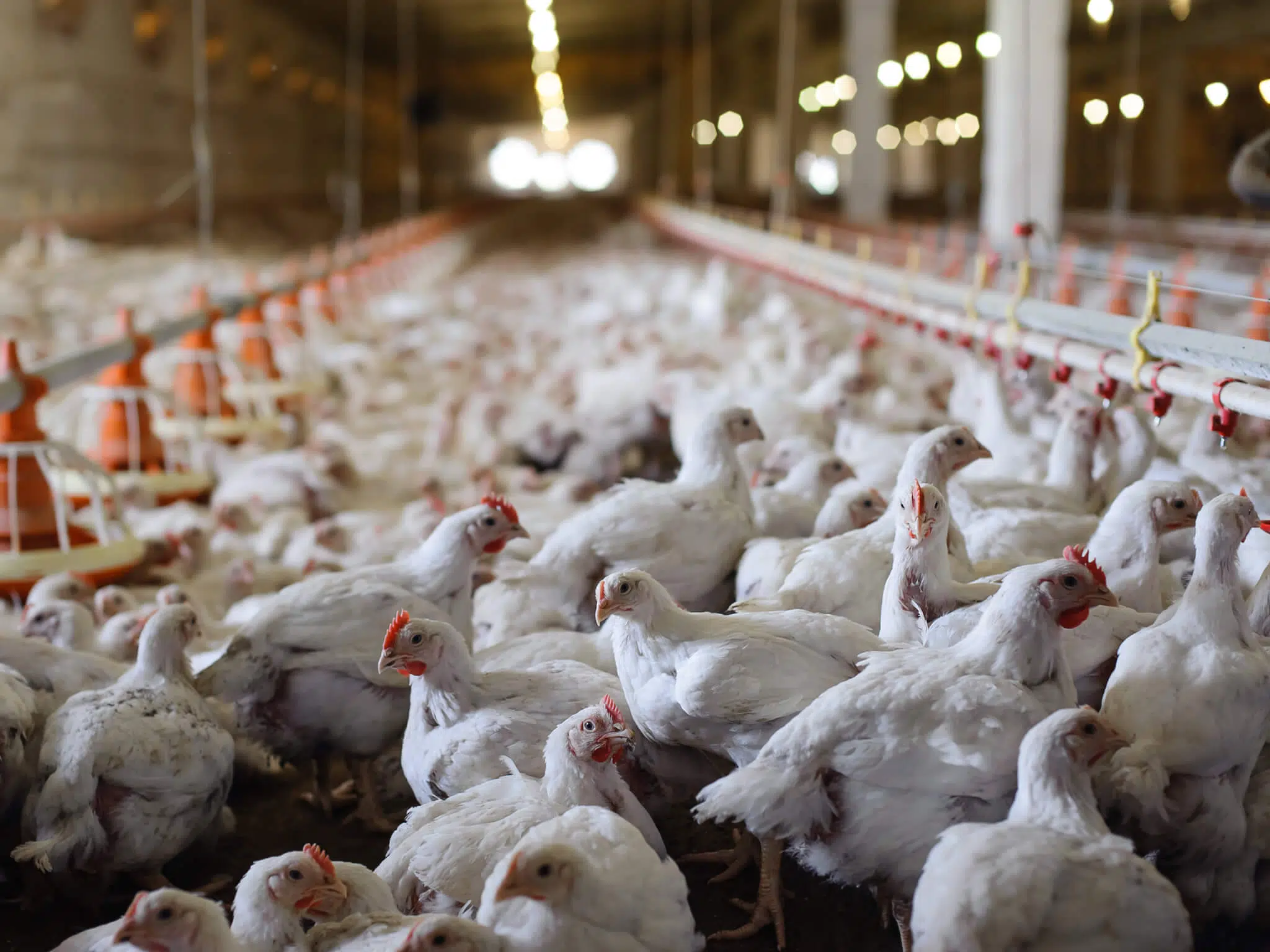The poultry industry was not built on a “one-size-fits-all” approach. It has taken years of immense expertise, research, and out-of-the-box thinking to achieve the success of today’s modern broiler production market.
The benefits of organic zinc supplementation are well known. As selective attention places focus on welfare and environmental improvement strategies, the use of more bioavailable zinc (Zn) sources in broiler diets have been thoroughly investigated to reduce inorganic source inclusions due to numerous unfavourable outcomes on broiler production. However, it does raise the question – do higher concentrations of combined organic and inorganic Zn sources affect broiler production? Conflicting data constructed the objective of a recent research article in which the supplementation of broiler diets with various forms and levels of zinc was evaluated.
The study by Zakaria, et al. (2017) examined broiler productive performance, carcass, and meat quality characteristics, as well as blood parameters. Two dietary treatments consisted of a corn–soybean diet supplemented with 80 mg/kg of zinc oxide or 80 mg/kg of zinc oxide with 42 mg/kg of organic Availa® Zn120, totaling 122 mg/kg of zinc. This study was unable (P>0.05) to demonstrate statistically significant production performance or carcass yields among treatment groups. However, a higher level of organic and inorganic zinc, in combination, significantly (P<0.05) lowered the mortality rate, produced juicer breast meat fillets due to a lower shear-force value, and increased the zinc, phosphorus, and total protein concentrations in the blood.
The answer to the question is yes, the higher concentration of combined organic and inorganic zinc presented overall better results in modern broiler production. This study has proven the future exploration into animal nutrition modification techniques to be useful in improving broiler production.
Intern: Poultry











Well done, Margot, very interesting article! 🙂